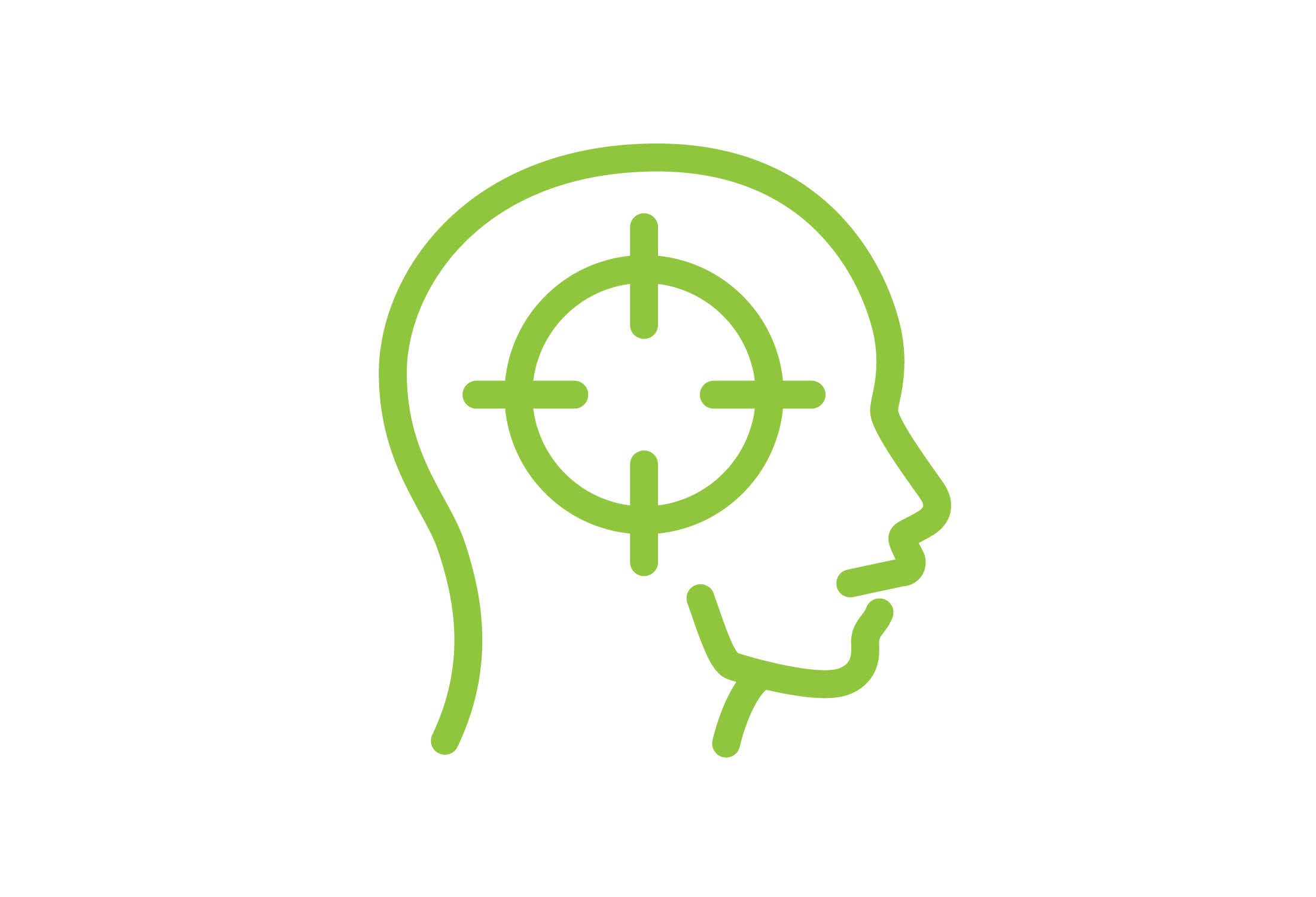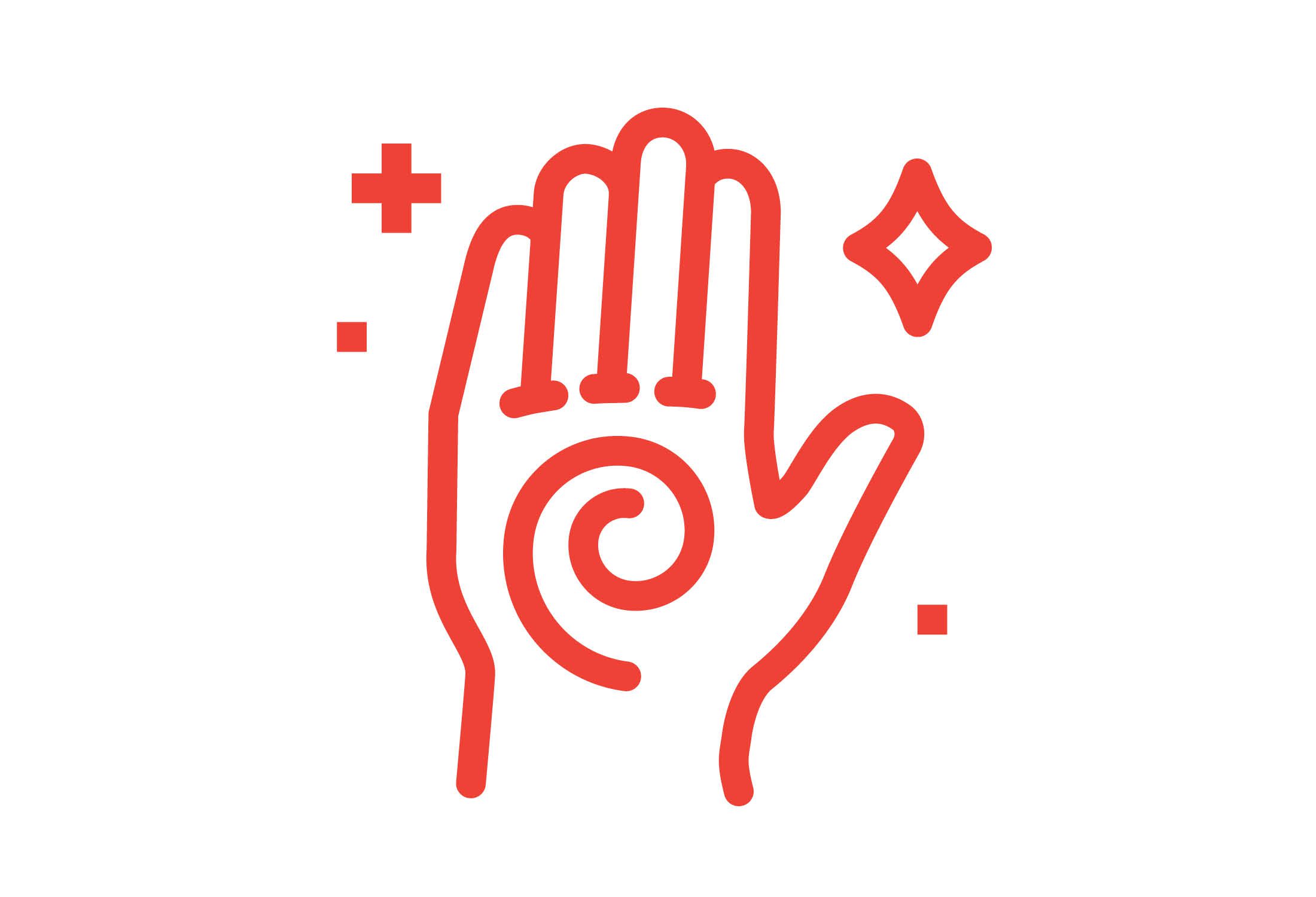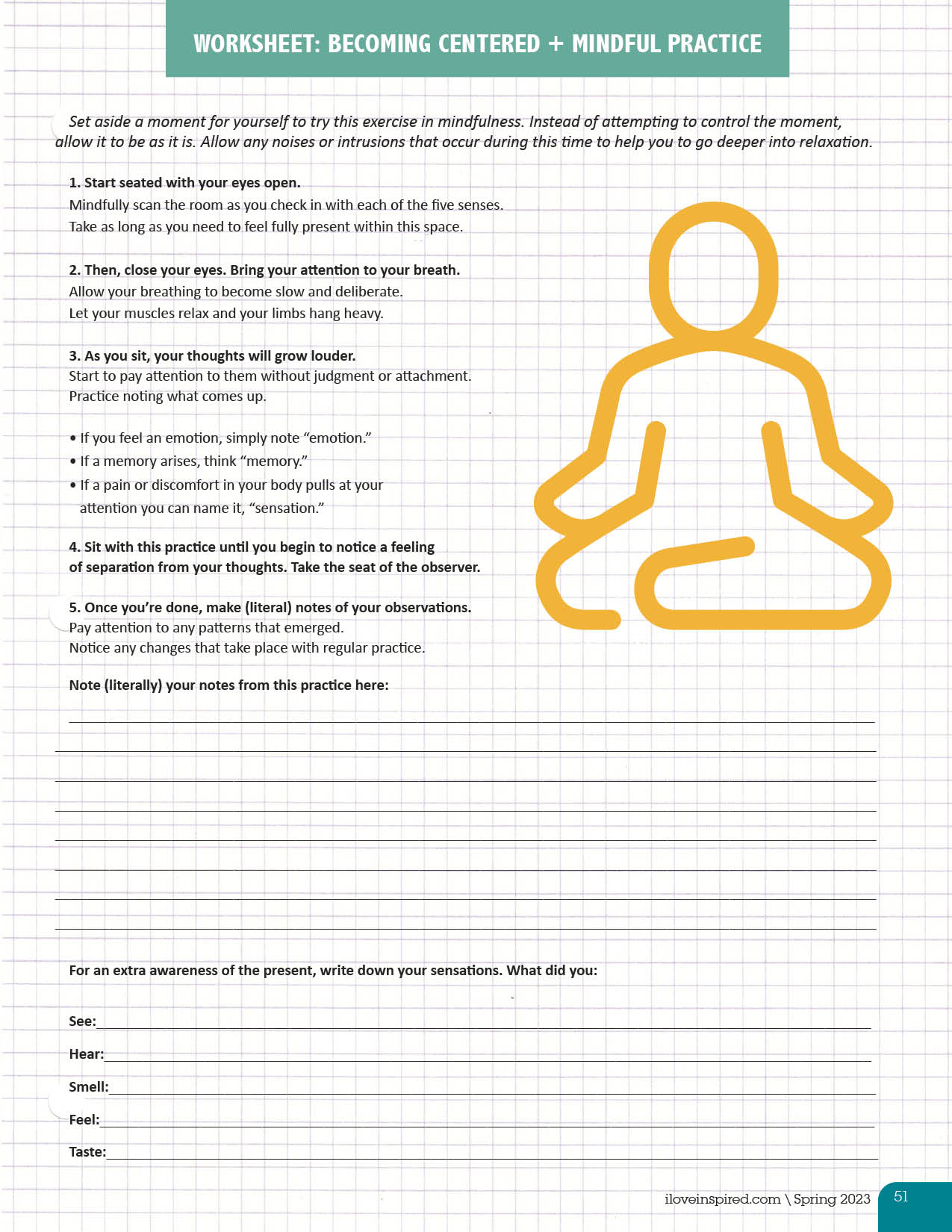Living in the Now
Sometimes words get thrown around so often in the mental health and wellness space that they start to lose their meaning. We’ve heard (many times) the various benefits of mindfulness and living in the present. And while the over-saturation of these ideas can lead to an in-one-ear-out-the-other effect, it does not diminish their effectiveness.
Perhaps the greatest benefit of mindfulness is gaining the ability to respond, rather than react, to our surroundings. “Mindfulness is the awareness that arises through paying attention, on purpose, in the present moment, and non-judgmentally,” says mindfulness expert Jon Kabat Zinn.
We can practice mindfulness as we go about our days, present and aware of our surroundings, emotions, thoughts, or sensations. It does not require a specific space, process, or singular focus, and we can shift focus as often as we like (as long as we remain intentional). We make the moment sacred with our intention to remain mindful.
So, let’s sit – in the present – with some mindfulness methods for a moment and allow them to sink in. And keep in mind there is no one-size-fits-all approach to connecting with your reality. The ideas presented here are simply that – ideas. Furthermore, the practices that help us to feel centered and calm one day might not serve us the next. So, here is your permission slip to mix-and-match, check in with what feels good each day, and allow the practice to evolve as you do.

Building Awareness with Mindfulness
For many of us, our routines allow us to go about our day on autopilot. We can multi-task both physically and mentally. We might be driving and thinking about our grocery list, planning for dinner, or rehearsing (or ruminating over) a conversation. But this takes our mental focus away from – and dulls our experience of – the present moment.
Now, imagine that same drive but with mindfulness. We hold an awareness of our body in the seat. We might feel our spine grow tall and our hands grip the steering wheel. Perhaps, we shift our attention outward and appreciate the scenery. Or we might bring our attention to the music or a podcast playing in the car. As we focus on the present, we allow our breathing to be deliberate, fluid, and nourishing. We are present and living in the now.
Mindfulness allows us to go deeper and explore our thought and behavior patterns. We cannot stop thinking; it is a fact. But when we identify with every thought, we lose our identity. When we are driven by every emotion, we lose our calm. And when we are pulled by every image that enters our mind, we lose our peace.
We are not our thoughts, emotions, and behaviors; we are the observer of those things. The more often we can return to the place of observer, the more we will regain our true identity, calm, and peace.
We are still human, of course. We will get angry, self-critical, judgmental, and frustrated. We will, at times, lose our temper or act in ways we later regret. If we can take the seat of the observer, though, we can learn to watch those emotions flow without judgment and delay our reaction. After all, it is not the anger that is a problem, but what we choose to do with it.
Becoming the Observer
What does it mean to “take the seat of an observer?” For many of us, the idea of watching our thoughts might seem foreign. But with enough practice, it can start to feel familiar and even enjoyable.
The key to this practice is detachment. When we remain detached, we can begin to observe our thoughts. And when we do so non-judgmentally, we are practicing mindfulness.
As we start to observe our thoughts, they can seem jarring. At times, our memories can feel intrusive. We might even imagine these thoughts like a toddler demanding our attention. The longer we go without acting on them, the louder and more intrusive they might become. Yet, with patience and persistence, the thoughts will be soothed by the simple act of noticing.
Another practice that can help with this process is called noting. Noting just means that we take note of the thoughts that emerge. We might lump them into categories such as thought, emotion, or memory. As soon as a thought arises, we note it and let it go. A new thought will emerge, and we repeat the process.
With practice, we might start to notice patterns emerge. Perhaps we often revert back to anger or resentment. Or maybe we relive the same memories that cause us to develop painful emotions. We might even find ourselves rehearsing future worries. Whatever arises, try to notice the themes without judgment. The more we return to the present moment, the more control we gain over these patterns. The more awareness we develop around our thought patterns, the more power we have to change them.


Living in the Present
More often than not, our repetitive thinking patterns are negative. We might fixate on a core memory or trauma that brings us back to a place of pain – both physical and emotional – and we get caught up in the “what ifs.” What if that trauma had never happened? We find ourselves living in the past.
On the flip side, sometimes pain can trigger fears of the future, spiraling us into worries about future pain, or – if physical – surgery or medical costs. No wonder chronic pain can feel so crippling. Emotional pain is no different. When we repeat stories from the past or fears of the future in our minds, our problems multiply.
Coming back to the present moment is a shift from thinking “what if” to “what is.” What is happening in the present moment? What is within my control to change? What is not? Act accordingly.
Engaging the Senses
When we shift from what if to what is, we hope to come to a place of acceptance. And, beyond that, the present moment is ripe with sensation. When we open our senses to fully immerse ourselves in the present, our lives can quickly become more enjoyable and meaningful.
One practice for mindfully connecting with sensation is called grounding. Like mindfulness, grounding can be practiced anywhere and anytime. Grounding is simply a practice of checking in with each of the five senses until feelings of presence, awareness, and calm arise.
Here is a quick 5-4-3-2-1 grounding practice you can do right now:
Notice five things you can see, four things you can hear, three things you can touch, two things you can smell, and one thing you can taste.
Walking Meditation
Grounding can also be combined with walking meditation. To do so, make sure you are somewhere that you can walk slowly and mindfully without much distraction. Please make sure the environment is safe. Take slow and deliberate steps. These steps might be taken in sync with the breath. Or, we can turn our attention outward and notice our surroundings.
First, notice the scenery. Really take in the weather, foliage, and life forms around you as if observing them for the first time. Next, start to listen to your surroundings. You might even stop walking for a moment and close your eyes to heighten the sensation. Take as much time as you like. Then, check in with the sensation of touch. You might feel your breath or your feet as you walk. Perhaps you feel the breeze or the temperature on your skin. After a while, start to notice what you smell. Again, try to connect with this sensation as if it is your first time. Allow your lungs to expand as you breathe in the scents. Lastly, is there anything you taste? (Even if not, checking in with this sensation is an act of mindfulness).
Walking meditation can be a beautiful practice for appreciating the beauty of nature while moving our bodies. However, grounding can be practiced anywhere. We can ground while we shower, wash the dishes, brush our teeth, or climb into bed. The possibilities are limitless. And an added benefit of this practice is allowing ordinary activities to feel brand new.
A Few Notes
For people with trauma histories or mental health disorders, mindfulness and meditation can bring up intense emotions. At times, it may be best to practice mindfulness with a therapist. For some people, it may be best to work though the emotions or memories that arise before attempting a mindfulness practice. Mindfulness will be here whenever you are ready.


Olivia Lynn Schnur
Olivia Lynn Schnur is a Licensed Mental Health Counselor, Certified Yoga Teacher, and Reiki Master. She is passionate about mental health and her writing is designed to educate, uplift and inspire others to improve their own mental health. To learn more, visit her website at oliviaschnur.com.










